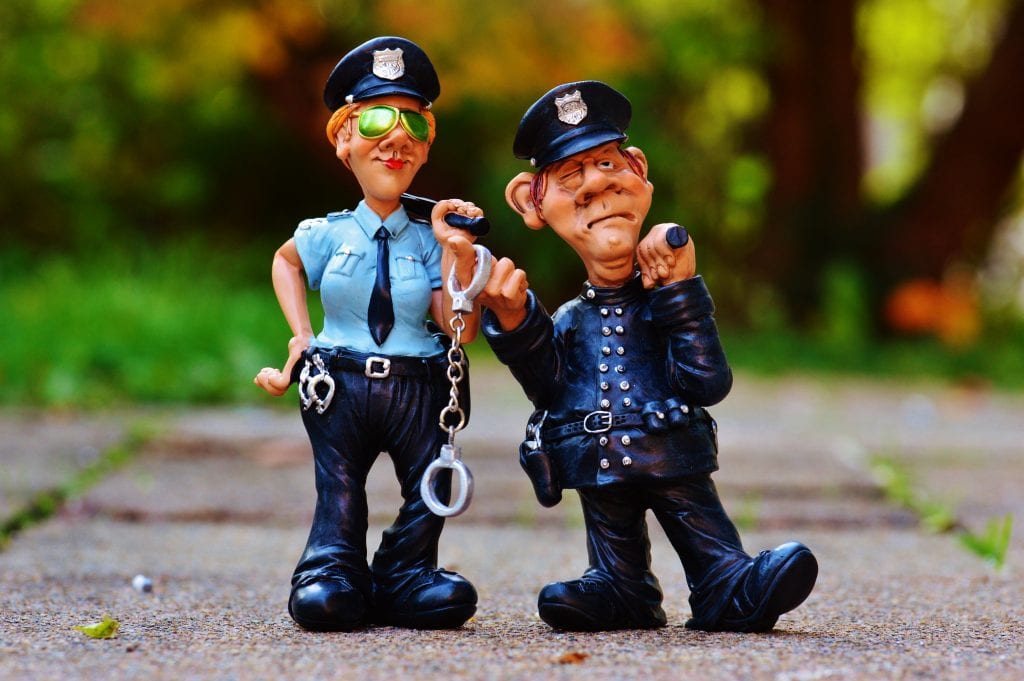When Police Go Rogue: Continuing Service Through Private Investigations

Since 2018, the number of working private investigators in the United States has been expected to rise exponentially in the coming years. The continued development of the internet, ubiquity of information technology, and the budding applications in both the professional and private sector are all factors that have directly influenced this rise. The private investigation […]
Millennials On Deck to Transform Corporate Culture
If you are a member of Generation X or older, you might have noticed your workplace undergoing significant changes more often than usual. The technology used in daily operations is being updated, streamlined, and implemented from the top-down. The language of your workplace might be changing and evolving. The new hires appear to look younger […]
Corporate Culture Audit: What to Expect During an Audit
Pervasive internal issues are the malignancies that contribute to the decline of any corporation. While they come in many shapes and iterations, issues like communication, employee engagement, and employee relations can quickly derail a corporation’s mission. That’s why corporations across the country are electing to undergo corporate culture audits in order to get a full […]
Lauth Investigations Case Evaluation: Fanged Fatale
The Case The owner of the dog in question, referred to as the Subject, was living on a few acres of property surrounded by a decorative fence the Victim of the dog bite alleges was easy for the dog to have jumped over. The Victim in the case reported she often walked past the Subject’s […]